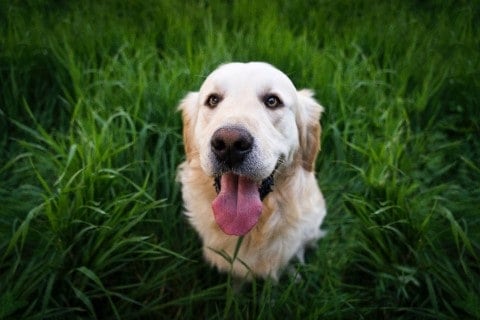
Using the correct dog training accessories is vital to successfully training your pet, so here are a few tips on choosing the right tools for the task.
Training Goals & Your Dog’s Personality
 Dog training equipment can be extremely helpful in achieving a variety of goals, from teaching your pet basic commands or house training a new puppy to correcting unwanted behaviours like excessive barking, chewing, jumping or pulling on the lead.
Dog training equipment can be extremely helpful in achieving a variety of goals, from teaching your pet basic commands or house training a new puppy to correcting unwanted behaviours like excessive barking, chewing, jumping or pulling on the lead.
Before reaching for the nearest available tool and hoping for the best, it is, however, important to consider more than just the goal you wish to achieve – starting with your pooch’s personality.
While most dogs will do almost anything to get a treat, for instance, a dog who prefers lounging on the sofa will show little to no interest in even the finest agility training equipment.
Similarly, a mischievous puppy bound on chewing anything in sight will gain little from being strapped into a no-pull harness – which takes both your furry pal’s personality and the goal you wish to achieve into consideration.
The questions you must ask yourself here are therefore whether the tool you hope to use will:
- Interest, engage or motivate your pooch
- Address the behaviour you wish to achieve/modify
Then, of course, there are your own training methods. If you are a firm believer in positive reinforcement training methods, you would, for example, not wish to use a so-called ‘bark collar’, which essentially doles out a punishment every time the dog wearing it barks. It should be noted here, that there are new, improved models of this efficient, but somewhat cruel tool which take out the barbaric aspect of it by emitting a lemony scent, rather than giving the poor animal an electric shock.
Dog Training Accessories
Here are some examples of training aids and their effects…
Clickers, Whistles and Treats – Tried, tested and proven to be extremely effective both in training basic commands and correcting unwanted behaviours, clickers and whistles work in combination with treats.
Based on positive training methods, this approach essentially involves clicking/blowing the whistle and rewarding your pooch with a treat every time he displays the behaviour you want to see (i.e. sitting when you want him to sit; silence when you want him to stop barking; greeting visitors without jumping; peeing in the garden, etc.)
Puzzle Toys – Dogs are highly intelligent animals that need to be mentally challenged and stimulated. If your dog engages in ‘destructive chewing’, he is probably bored (as opposed to being ‘evil’). Giving him a puzzle toy filled with tasty treats will keep him mentally stimulated, sufficiently engaged to discourage destructive behaviour and improve his problem-solving skills.
Space does not allow us to mention all available tools out there, but if you would like to know more about different tools and/or advice on which tool would be most appropriate for your pet, please do not hesitate to contact our helpful team on +44 (0) 20 8169 0099 today.
